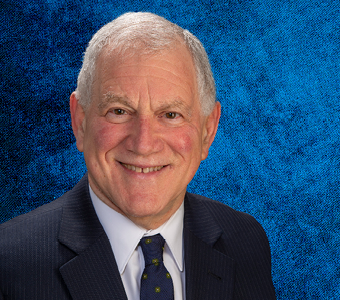NYSBA Supports Funding of the Indigent Legal Services Fund
3.12.2024

In the Executive Budget, Governor Kathy Hochul proposed transferring $234 million from the Indigent Legal Services Fund (“ILSF”). Although $114 million would properly be used toward funding the state’s assigned counsel/18b attorneys, $120 million would go to the State General Fund.
Established in 2003 via enactment of State Finance Law § 98-b, the ILSF is intended to “result in real improvements in the quality of the public defense system in New York.”[1] State Finance Law § 98-b lists three purposes of the fund: (1) to assist counties and New York City in providing public defense representation under County Law Article 18-b; (2) to assist the state in improving the quality of public defense services and in funding representation provided by assigned counsel paid in accordance with Judiciary Law § 35; and (3) to support the operation of the Office of Indigent Legal Services (ILS). ILS is responsible for disbursing ILSF funds to counties and New York City consistent with appropriations in the final enacted State budget each year.
Even though these funds are earmarked, there must be an annual appropriation in the state budget for ILS to distribute the funds. Despite annual requests to use these funds according to their designated purposes, the Executive has declined to appropriate much needed funding, creating the paradox of monies remaining in the fund but not being able to be distributed per their purposes under the State Finance Law.
The ILSF revenues have increased over the past several years, allowing the ILSF to fully fund the quality improvement and caseload relief measures for criminal defense called for by the settlement of the Hurrell-Harring v. State of New York lawsuit. This settlement established that the State must invest in public criminal defense reform instead of requiring that it be a completely county-based, unfunded mandate. That investment goes beyond simply providing more attorneys to represent clients and provides attorneys with the tools that they need – training, resources, investigators, social workers, etc. – to provide quality, competent representation.
In its FY 2024-25 budget request, ILS sought an increase of $46.3 million over last year’s final enacted budget to disburse to counties and to New York City for public defense reform. Most of this increase would be used to address the crisis in Family Court representation. In her proposed budget, the Governor rejected ILS’s request for increased funding, all of which would have come from the ILSF and none of which needed to be appropriated from the General Budget.
Furthermore, counties have asked that the entire 18-b rate increase be funded by the State, a request that has not been adopted by the Executive. The sweep of the ILSF makes it even less likely that the State can pay the full increase now or in the future, leaving the counties to struggle to afford the costs. This may result in counties cutting costs in other areas of public defense, jeopardizing the quality improvement gains that have been made with the Hurrell-Harring settlement.
In sum, the Executive Budget should use the ILSF to forward the purposes of the State Finance Law, as well as to address a serious need in Family Court. The sweep is inconsistent with the fund’s legislative intent and earmarked purposes. Accordingly, the New York State Bar Association opposes the ILSF sweep and simultaneously urges that the ILSF be used as intended to improve the quality of public defense consistent with ILS’s budget request.
[1] “An Explanation of the Rate Increases for Assigned Counsel”, New York Law Journal, 1/16/2004, p. 4 (emphasis added).




